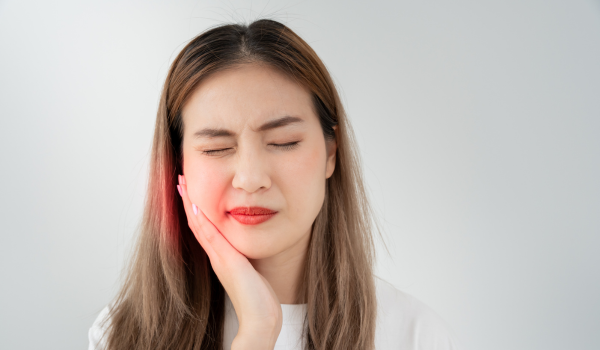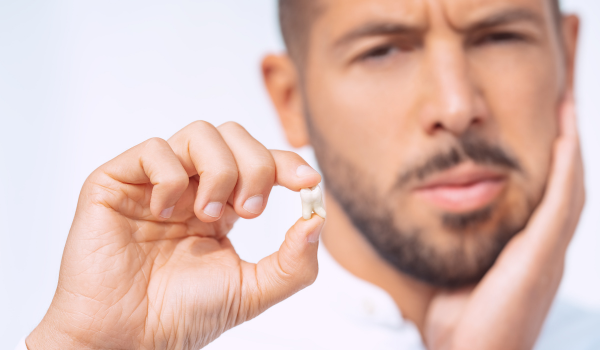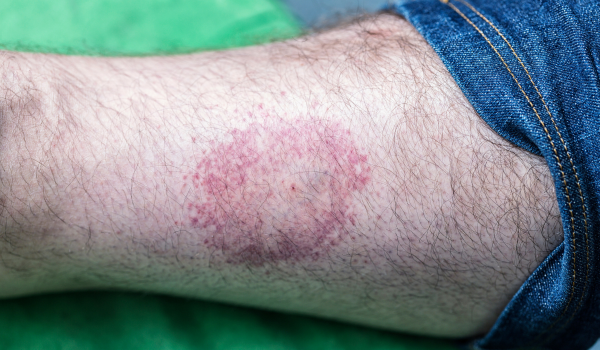Understanding sunburn
Sunburn occurs when your skin is overexposed to ultraviolet (UV) rays from the sun. After prolonged exposure, symptoms begin to appear within a few hours. These include:
-
Red, inflamed, and painful skin
-
Heat or warmth over the affected area
-
Blister formation in some cases
-
Headache, nausea, or fever in more severe burns
When to seek emergency help
While most sunburns can be treated at home, you should seek immediate medical attention if you experience:
-
A fever over 103°F (39.4°C) accompanied by vomiting
-
Confusion or disorientation
-
Signs of infection such as pus, red streaks, or swelling
-
Severe dehydration or signs of heat illness (dizziness, fainting, or cold clammy skin)
These symptoms may indicate sun poisoning or other complications that require urgent care.
First aid and treatment
If your sunburn is mild to moderate, home care can help soothe the skin and speed up healing. Follow these steps:
-
Take an over-the-counter pain reliever such as ibuprofen or acetaminophen as soon as possible.
-
Apply a cool compress or soak in a cool bath. For added relief, dissolve 2 ounces (60 grams) of baking soda in the bathwater.
-
Use a soothing lotion or gel containing aloe vera or calamine. Store it in the refrigerator before applying for extra cooling. Avoid products with alcohol.
-
Drink plenty of water throughout the day to prevent dehydration.
-
Don’t pop any blisters. If one breaks, carefully remove the dead skin with clean scissors, wash the area with mild soap and water, and apply an antibiotic ointment.
-
Avoid further sun exposure until the skin has healed. If you must go outside, wear protective clothing and apply broad-spectrum sunscreen.
-
For mild to moderate burns, consider using 1% hydrocortisone cream up to three times daily for three days.
-
If your eyes are affected, use a cool compress. Avoid wearing contact lenses and don’t rub your eyes.
When to call your doctor
Call your healthcare provider if you experience:
-
Large or widespread blisters
-
Blisters on sensitive areas such as the face, hands, or genitals
-
Increasing pain, redness, or swelling
-
Headache, nausea, chills, or eye pain
-
Vision changes or symptoms of eye infection
-
Signs of skin infection such as pus or red streaks
Prompt medical advice can help prevent further complications.
Tips to prevent future sunburns
To avoid sunburn in the future, follow these prevention strategies:
-
Wear sunscreen with SPF 30 or higher and reapply every two hours
-
Stay in the shade, especially between 10 a.m. and 4 p.m.
-
Wear protective clothing, wide-brimmed hats, and UV-blocking sunglasses
-
Avoid tanning beds and prolonged sun exposure
-
Stay hydrated, especially on hot days
-
Be extra cautious near water, sand, and snow, which reflect UV rays

.gif)


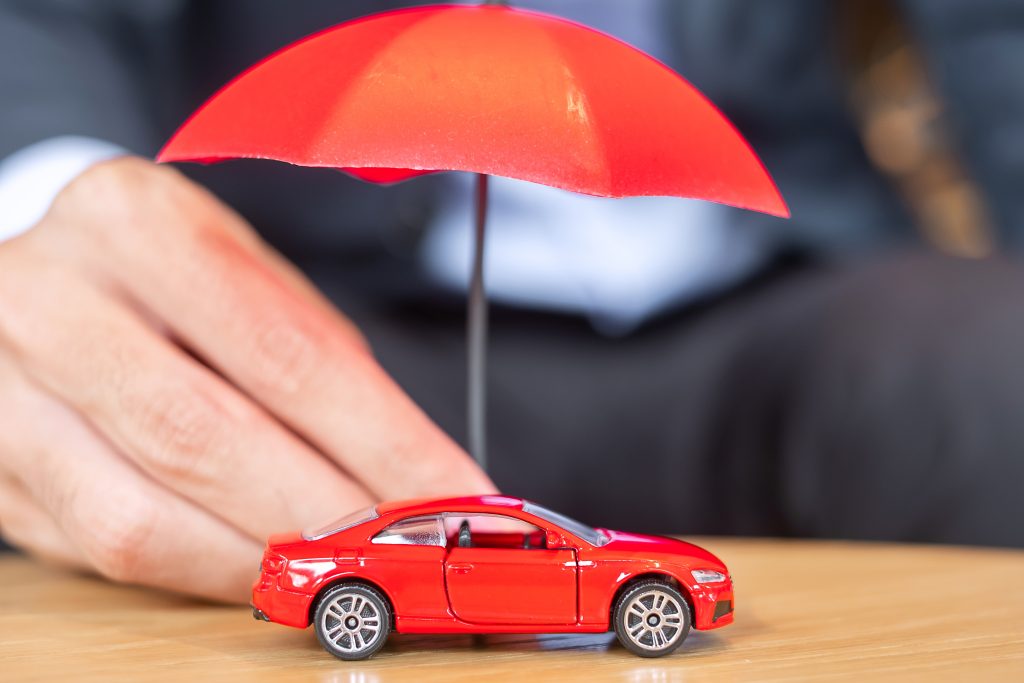


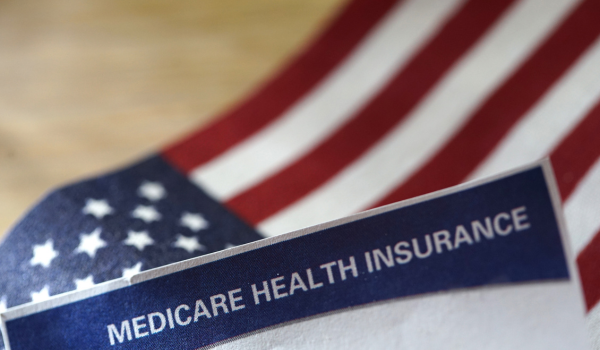
.png)
.png)
.png)

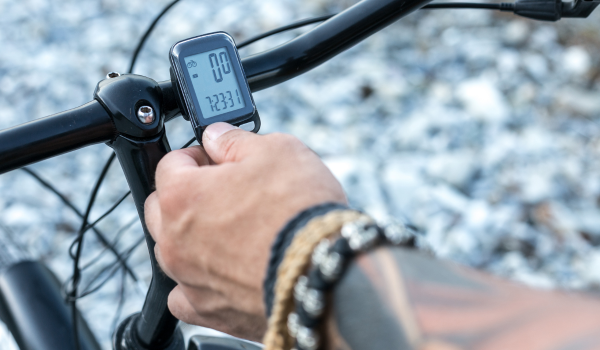


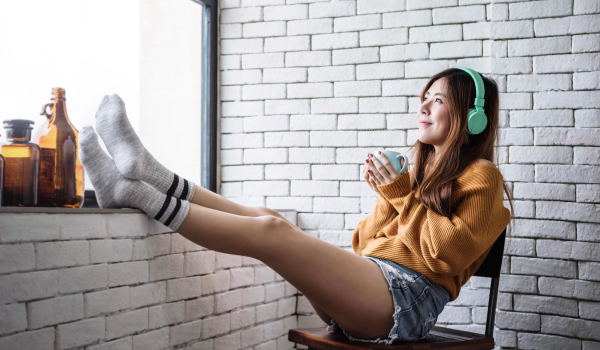

.png)
.png)
.png)
.png)
.png)
.png)
.png)
.png)
.png)



.png)


.jpg)















